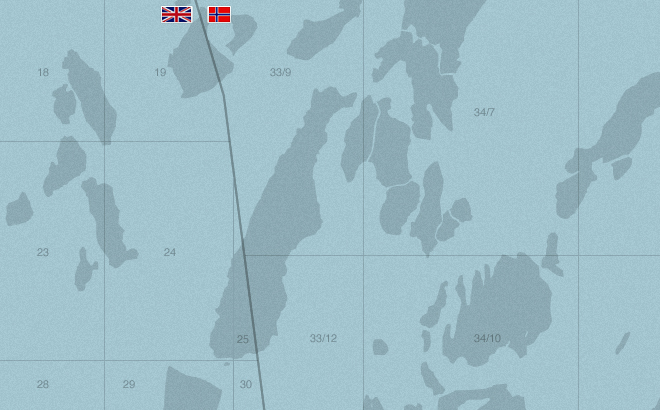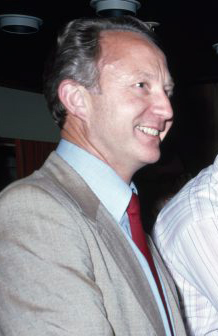Gas pipeline to continental Europe
When production started from Statfjord A in 1979, oil was loaded into shuttle tankers on the field for transport to land while associated gas was initially flared. Gas injection back into the reservoir started in June 1980.
But it was already clear at the time that a new transport system for gas had to be built and brought into operation by 1985-86. Continued injection might otherwise damage the structure of the reservoir andreduce oil recovery.
But it was already clear at the time that a new transport system for gas had to be built and brought into operation by 1985-86. Continued injection might otherwise damage the structure of the reservoir andreduce oil recovery.

More about society
close
Close

 fordeling mellom norge og storbritannia, forsidebilde, historie, Gass via Kårstø til kontinentet,
fordeling mellom norge og storbritannia, forsidebilde, historie, Gass via Kårstø til kontinentet,


 Gass via Kårstø til kontinentet,
Gass via Kårstø til kontinentet,